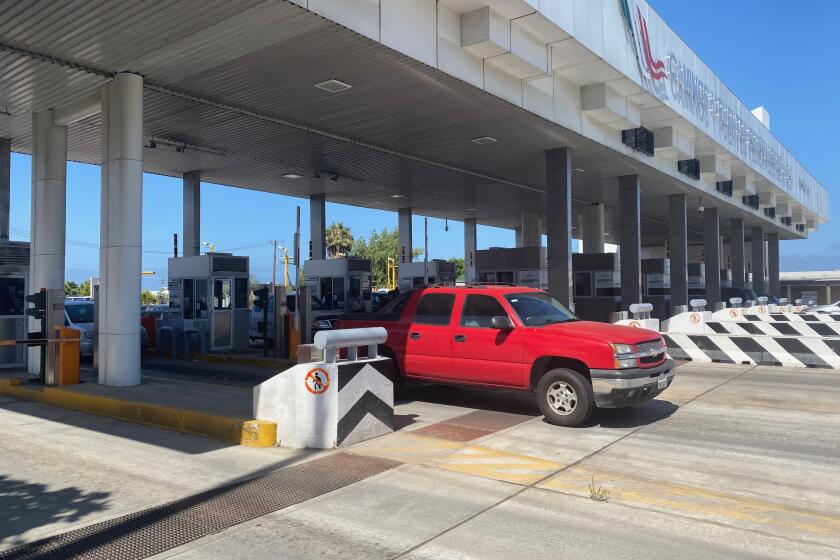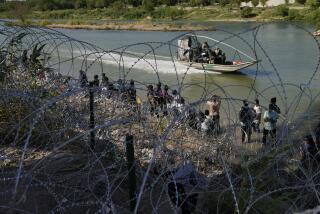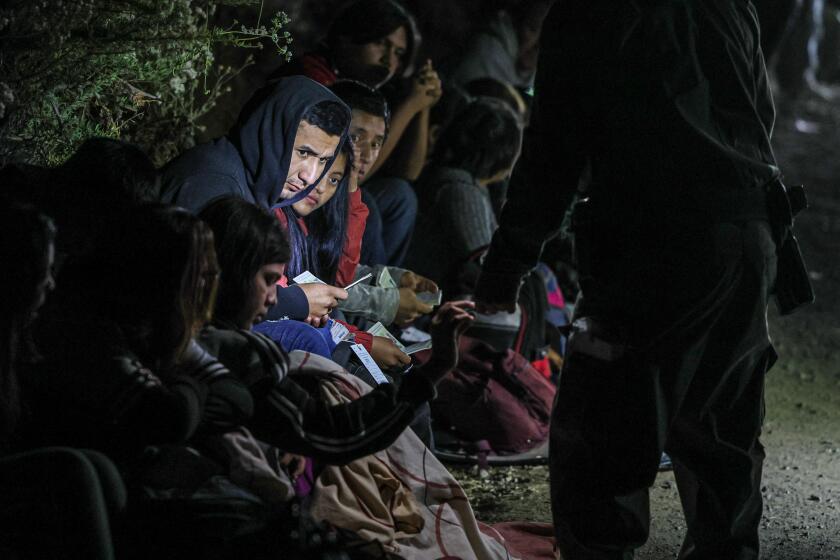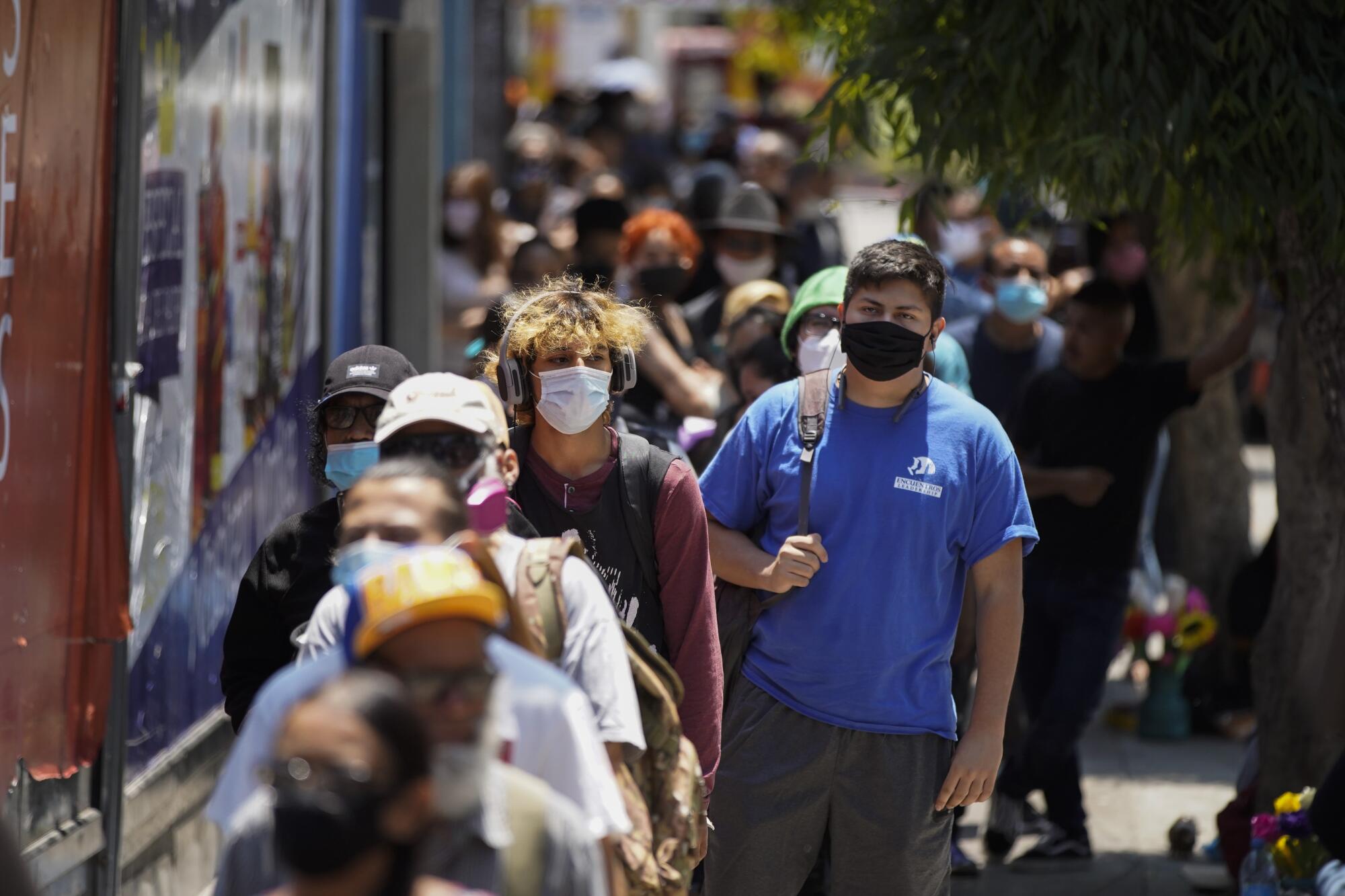
When Dulce Castañeda, 28, woke up March 20 in her family’s Playas de Tijuana home, her mother was panicked.
“Go. You have to cross … NOW,” she was told.
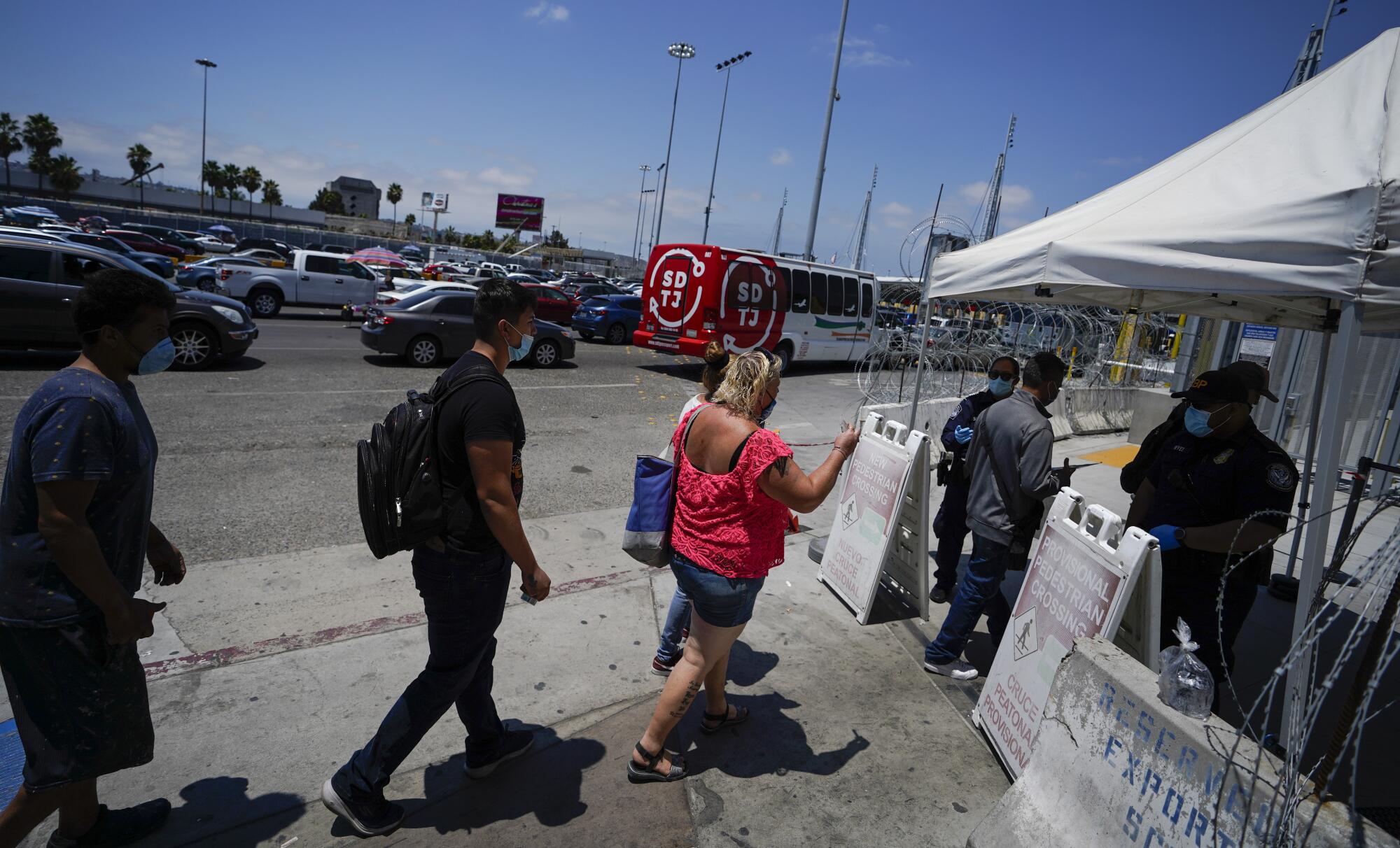
News was just trickling out that the U.S. and Mexico would soon close their shared border to all nonessential travel to slow the spread of the coronavirus. Not waiting to hear specifics of the travel restrictions, Castañeda, a driver for Greyhound, hugged her 52-year-old mother goodbye and headed for the pedestrian crossing to San Ysidro, not knowing when they would see each other again.
Four months later, families like Castañeda’s in Tijuana, and across the globe, remain separated. Countries worldwide have shut down or significantly reduced travel in hopes of slowing the virus’ spread.
That has played havoc with many of the at least 4 million Mexicans and Mexican Americans living in cities along the 1,954-mile U.S.-Mexico border. Those who are allowed to cross daily face delays that have been averaging around three hours by vehicle at the San Ysidro Port of Entry crossing, but they sometimes exceed six hours. Waits for pedestrians at the PedEast entrance average two hours but can drag as long as four.
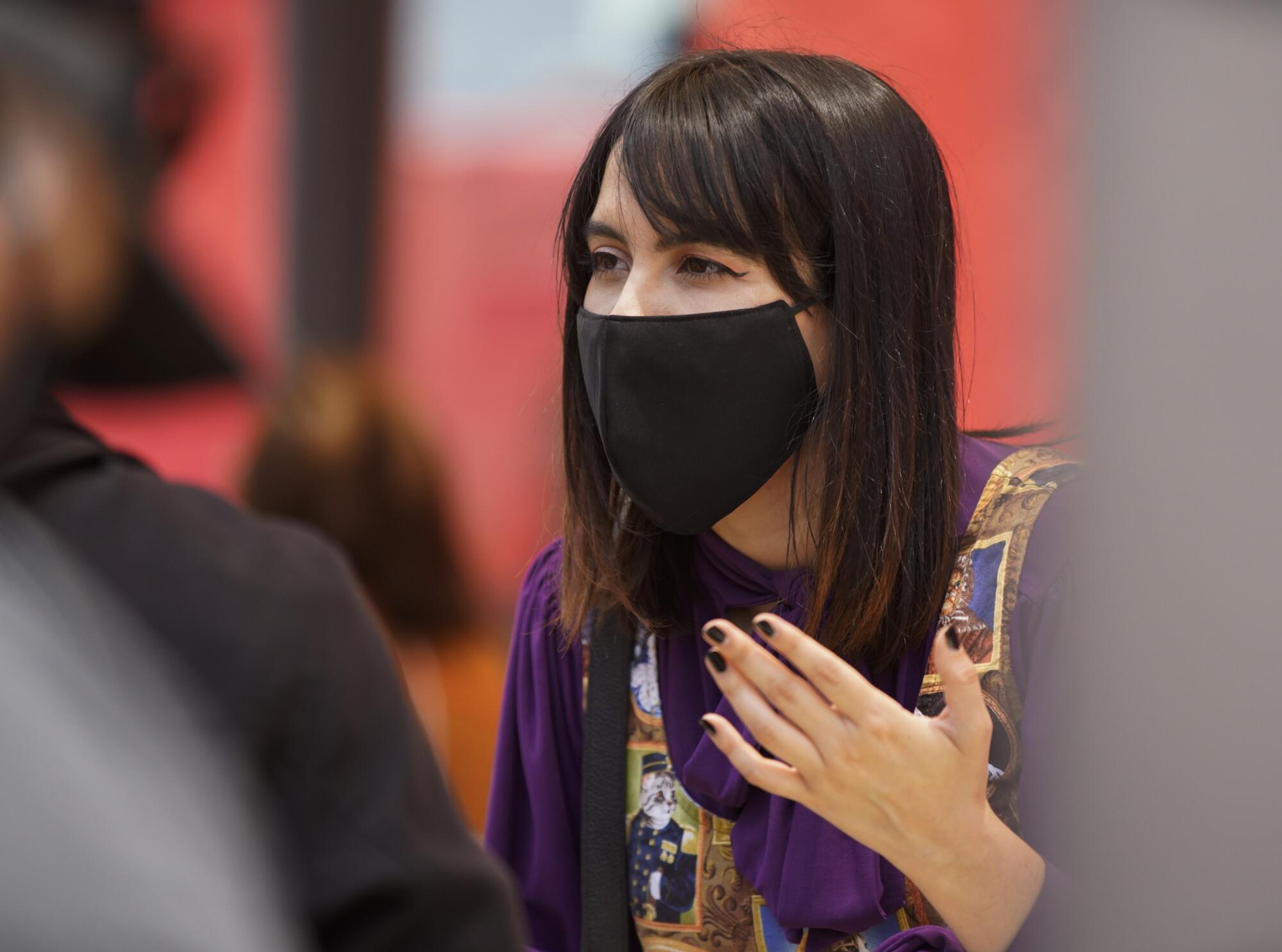
The U.S. restrictions on nonessential travel that went into effect March 21 effectively invalidate short-term visas that allow for brief crossings into border cities to visit family, get medical care or shop.
Trump administration officials stressed health reasons for the restrictions, but there was a hint of the administration’s “America first” policies in them as well. Acting Homeland Security Secretary Chad Wolf spoke of lessening “the strain on health systems in our border communities and taking away important and life-saving resources from American citizens” when he announced the restrictions. They were extended April 20, May 19, June 16 and July 16.
U.S. Customs and Border Protection closed lanes and processing facilities and reduced staff, using the logic that cross-border travel should be significantly reduced with nonessential trips eliminated. When the restrictions first went into effect, border traffic dropped 70%, according to CBP.
U.S. citizens, legal permanent residents, people who work in the U.S. with valid work visas and those traveling for education or documented medical reasons are still allowed to travel across the border with the proper documentation. But border officials acknowledge that travelers may face increased wait times in passenger and commercial operations because of restricted crossings and temporary closures of processing lanes.
Residents of Playas de Tijuana say they’ve more than covered the cost of the road, paying tolls several times a day
“We monitor and make operational adjustments daily, depending on the totality of the workload we have at each port. While the nonessential travel restrictions are in place, we are focused on maintaining wait times for workers crossing during the weekday morning peak hours similar to what they were before the restrictions came into effect,” the agency said in a statement.
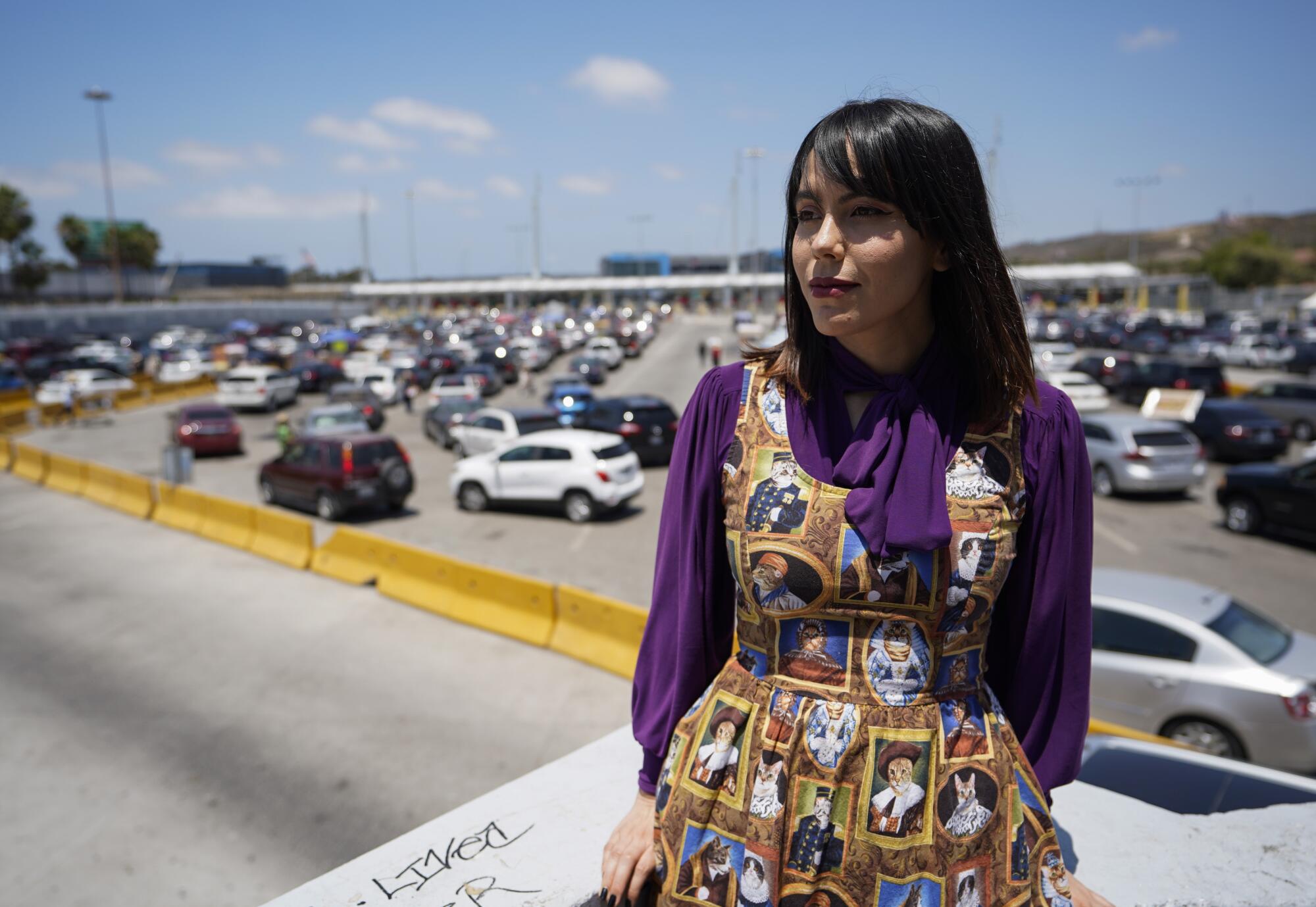
The latest extension of the restrictions remains effective until August 21, when federal officials will reevaluate their need. Rates of cases in Baja California have dropped significantly, and officials there are considering loosening business restrictions statewide. But on the U.S. side, cases in California continue to surge after a reopening process, since rolled back, that many criticized as too abrupt.
Baja California’s governor and health secretary have been outlining a much more gradual reopening, but residents complain the Mexican state’s ability to enforce the orders is insufficient. Some businesses, such as nightclubs in Rosarito, have already reopened by getting local exemptions from the mayor or ignoring the state orders altogether.
Mexican authorities have also conceded the actual number of cases is certainly much higher across the nation, including in Baja California, because of a lack of testing.
“The Department of Homeland Security is in close contact with our Canadian and Mexican counterparts regarding this extension, and they agree on the need to extend their nonessential travel restrictions as well,” Wolf said in a statement about the latest extension.
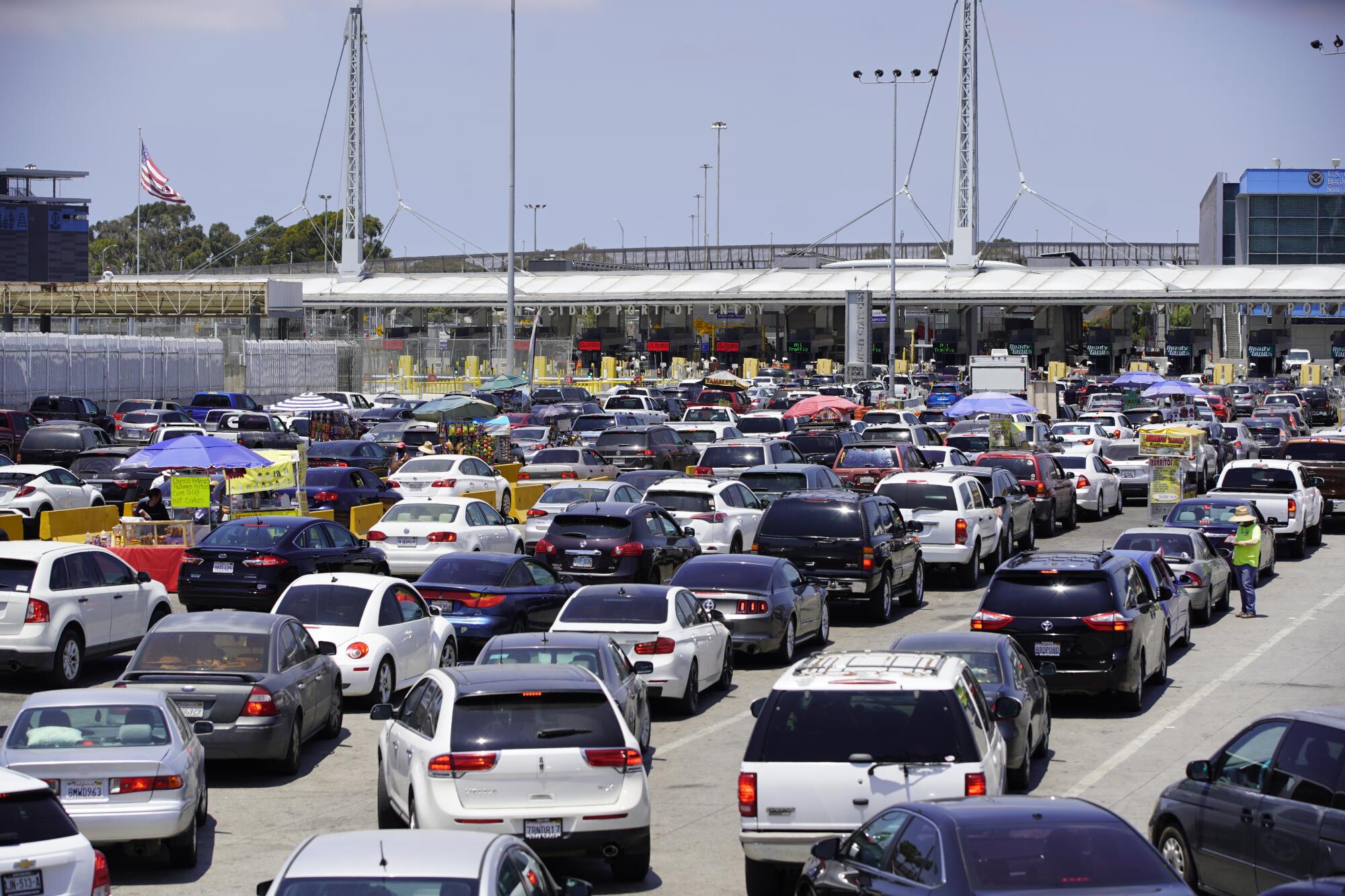
For families that straddle the border, the effects have been psychological as well as financial. In addition to the health worries many of them face in their jobs, the separation complicates things such as education and child and elder care.
“I feel like I have to pick a side — either the U.S. or Mexico,” said Castañeda, a U.S. citizen.
With the future uncertain for her pre-pandemic job — driving bus passengers to Oakland — Castañeda chose to ride out the COVID-19 lockdown in her apartment in the southern San Diego County community of Bonita, where U.S. wages are typically much higher.
“The interesting part of all this is that even though these border restrictions are aimed at the mobility of asylum seekers or tourist visa holders, U.S. citizens are also impacted and many of them have stopped crossing altogether,” said Estefania Castañeda Pérez, a doctorate student at UCLA who studies the border. (She is not related to Dulce Castañeda.)
Two documentary filmmakers faced demands by the Trump administration to delete scenes and delay broadcast until after the election
Sandra Rojel, 27, is a dual citizen who lives in San Diego. Under the regulations, she’s allowed to cross in both directions, but she says bringing medicine to her mother in Tijuana has become nearly impossible.
“Before the restrictions went into effect, I would come at least once or twice a week. The lines were very short and very fast. But now, it takes the whole day just to cross,” she said July 17 while waiting at a pedestrian crossing across the border from San Ysidro.
Rojel said she is able to cross only once a month at most, leaving her mother without her medical supplies, mostly over-the-counter medicines available only in the U.S.
“What’s affecting her even more though is that I haven’t been able to see her … so I can’t lose so much time waiting, and also it’s putting us at more risk,” Rojel said, referring to the crowded conditions in the border line, where travelers have not been physically distancing.
Castañeda Pérez recounted talking to a single mother for her dissertation research who had to choose between unemployment and leaving her two daughters home alone in the middle of the night in Tijuana to cross at the Otay Mesa Port of Entry after border officials temporarily suspended overnight and early morning processing.
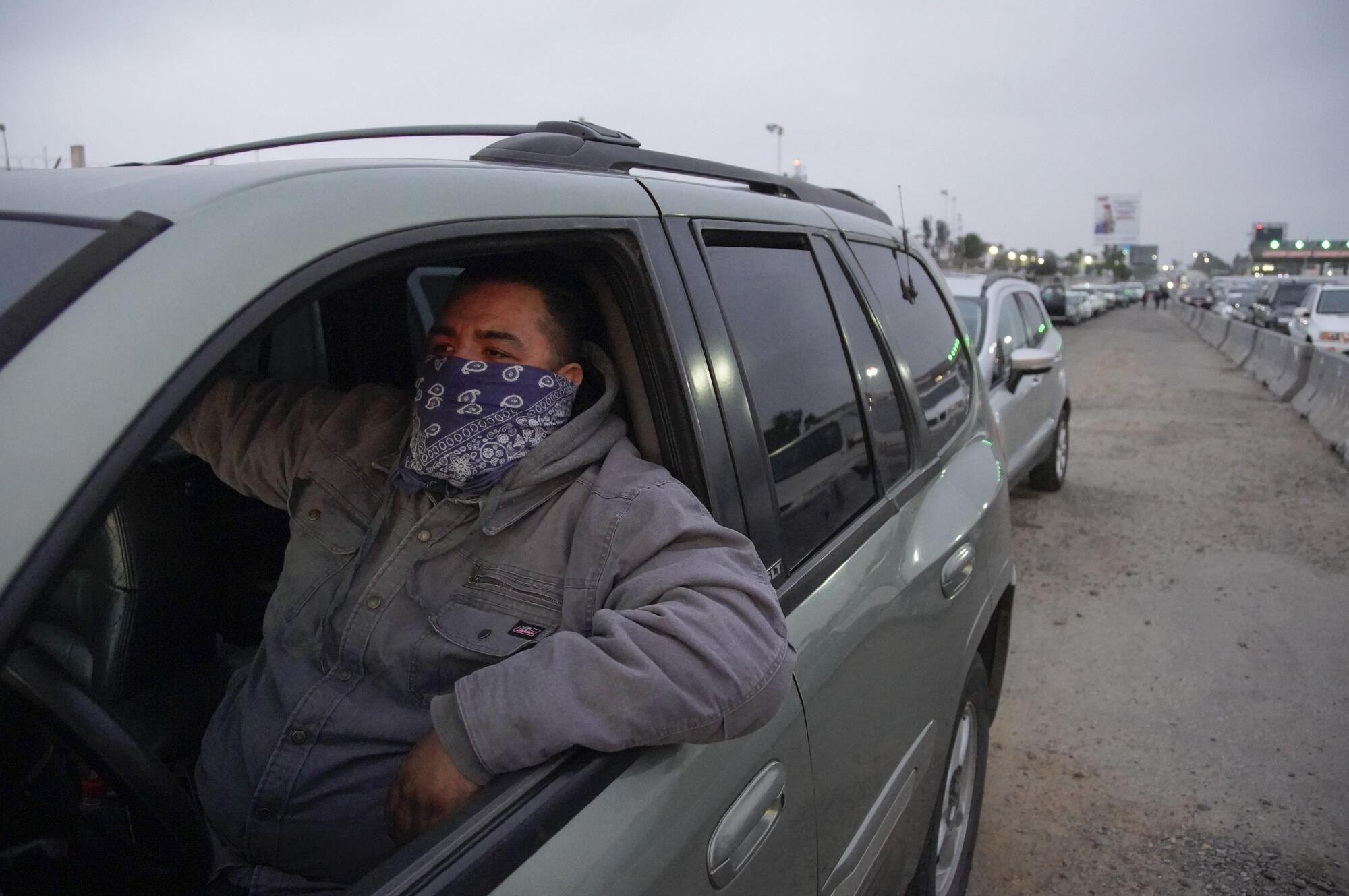
Hundreds of cross-border workers began sleeping in their cars or on the sidewalk in May to be able to cross into the United States and arrive at work on time.
“She had to get in line at midnight to work her 9-to-5 job the next day,” Castañeda Pérez said. “And then she only was seeing her children for a couple hours when she got home after 7 p.m., if she wanted to get any sleep at all.”
Castañeda Pérez said it reminded her of her own childhood when she went to school in the San Diego area while living in Tijuana before millions of dollars of investments in border infrastructure made crossing much more efficient and reliable, boosting cross-border trade and travel.
“It’s surreal to be back in that time now because it was so traumatizing for all of us,” she said.
Some countries including Canada are this month slowly starting to allow foreign nationals to reunite with their immediate family members under strict conditions.
Families at the U.S.-Mexico border, however, continue to face long waits, uncertain travel guidelines and strict restrictions against all unnecessary cross-border travel, which includes visiting family members on the other side.
“They keep in touch with each other via Skype or Zoom,” Castañeda Pérez said. “Others on the San Diego side aren’t even able to take care of family members in Tijuana or bring medicine to them that is essential for their well-being.”
The baby’s father and 9-year-old brother had been sent back to Mexico days earlier without knowing where the mother was
Castañeda Pérez said anxiety over spreading or contracting the coronavirus during cross-border travel and fear about the increasingly militarized U.S. border — which predates the coronavirus crisis — is also playing a role in deciding not to cross and visit family.
“It reminds me of what crossing was like post-9/11,” she said, describing how border agents assume people are not allowed to cross unless they can provide documentation to prove otherwise, which slows processing and increases border waits.
Luis Mercado, 23, said he waited nearly 10 hours at one point to cross back into the United States by vehicle after bringing essential food and medicine to his uncle, who lives in Playas de Tijuana and is completely homebound because of health risk factors.
Now, he said, he walks back across the border, which also has drawbacks.
“You just don’t ever know how long it could take,” Mercado said. “One day, it could be normal, or it could take forever, and we’re all crowded together here with no social distancing.”
More to Read
Start your day right
Sign up for Essential California for news, features and recommendations from the L.A. Times and beyond in your inbox six days a week.
You may occasionally receive promotional content from the Los Angeles Times.
